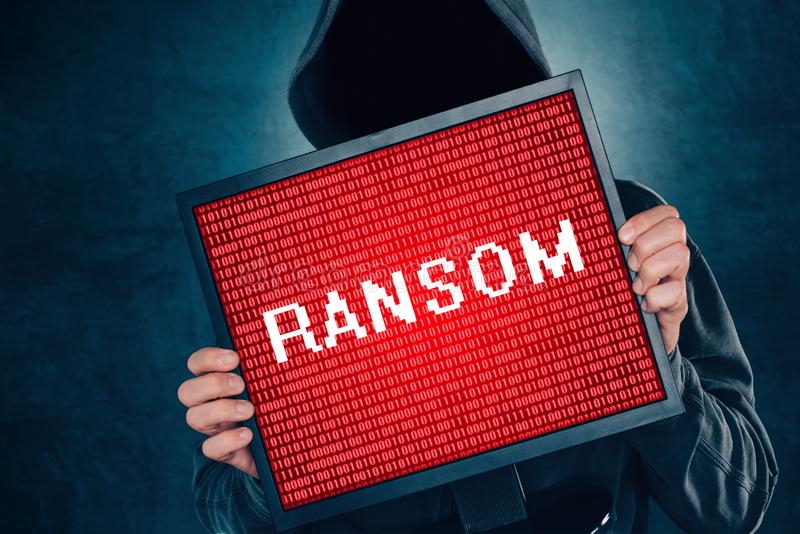

You can restore your SQL server database after ransomeware attack through- restoring data from backups, using system restore, extracting files from emails, search for contact and emails, or through a database recovery software.
In this article, we’ll dig a little deeper on these methods to learn how you can restore SQL database files after a ransomware attack. But before that – we’ll have a quick look at Ransomware, and what it does to your files.
Content-
1. What is Ransomware
2. Methods to Restore SQL Database
3. Key Takeaways
Ransomware is a malware application that encrypts important databases files, and thereby denying users from access to their files. It then asks for a ‘ransom’ from users for access to the inaccessible files.
Here’s what Kaspersky has to say about Ransomware:
“Ransomware is malicious software that infects your computer and displays messages demanding a fee to be paid in order for your system to work again. This class of malware is a criminal moneymaking scheme that can be installed through deceptive links in an email message, instant message or website. It has the ability to lock a computer screen or encrypt important, predetermined files with a password.”
In other words, ransomware is an application that encrypts user data; and then takes a payment for access to these files.
Work of the devil.
It is suffice to say that paying the ransom is out of question. Why? Because there is no certainity that your data will be decrypted, or that it will not happen again in the future.
Ransomware will encrypt each and any file that it finds on a local computer; and unfortunately for database administrators, it includes SQL server files too. In fact, Ransomware attacks on SQL Servers have become increasingly common.
If you are a database administrator whose files have been encrypted by malware, do not fear. In my research for this article, I’ve come up with the best methods to restore SQL server database after a ransomware attack-
You can restore SQL Server Database from a previous backup. In many cases, it method should solve the problem. There is, however, a catch.
This will only work if you have the database before hand, i.e., before the encryption. Makes sense. Also, the backup itself should be uncorrupted or unencrypted. Furthermore, in-spite of having the backup, all changes performed after the backup will be lost. So there’s that too.
You can use the system restore method to recover SQL server database files after ransomware attack.
You can perform system restore from control panel. Note that this will take your whole system back, not just the SQL server database, to a previous point in time. All the changes and new data will be lost.
As you’ve probably realized by now, the methods discussed above might work or they might not. But when you are dealing with huge amounts of important data, you don’t want to take a chance.
In situations such as these, it is recommended to use a professional software like the SysTools SQL Recovery tool. It will automate the recovery process of SQL server database files affected by Ransomware attack. Here’s how you can recover your database:
And just like that, your affected SQL server database files will be recovered in a few clicks.
Ransomware are the Bubonic Plague of internet today. They are on the rise, and are expected to cost a whopping $20 billion, according to Cybersecurity Ventures. Ransomware attacks on SQL Servers are becoming common too.
They are a threat to database administrators like you because they attack and encrypt the MDF files of your SQL server database systems and make them inaccessible; until you pay them a ransom. You can avoid this by using enterprise software like SysTools SQL Recovery that will restore SQL server database files after ransomware attacks.
In the modern business landscape, maintaining robust connectivity across devices and equipment provides invaluable visibility…
It is normal to think of dark web monitoring from the perspective of the company…
The Evolution of Inventory Tracking RFID inventory management software is transforming how businesses track, manage,…
The Unexpected Costs of Unprotected Windshields Polaris Ranger windshields protection is more than just a…
Probably one of the best things people do to secure their finances is the purchase…
The iPhone 15 is still a great buy Released in 2023, the iPhone 15 brought…